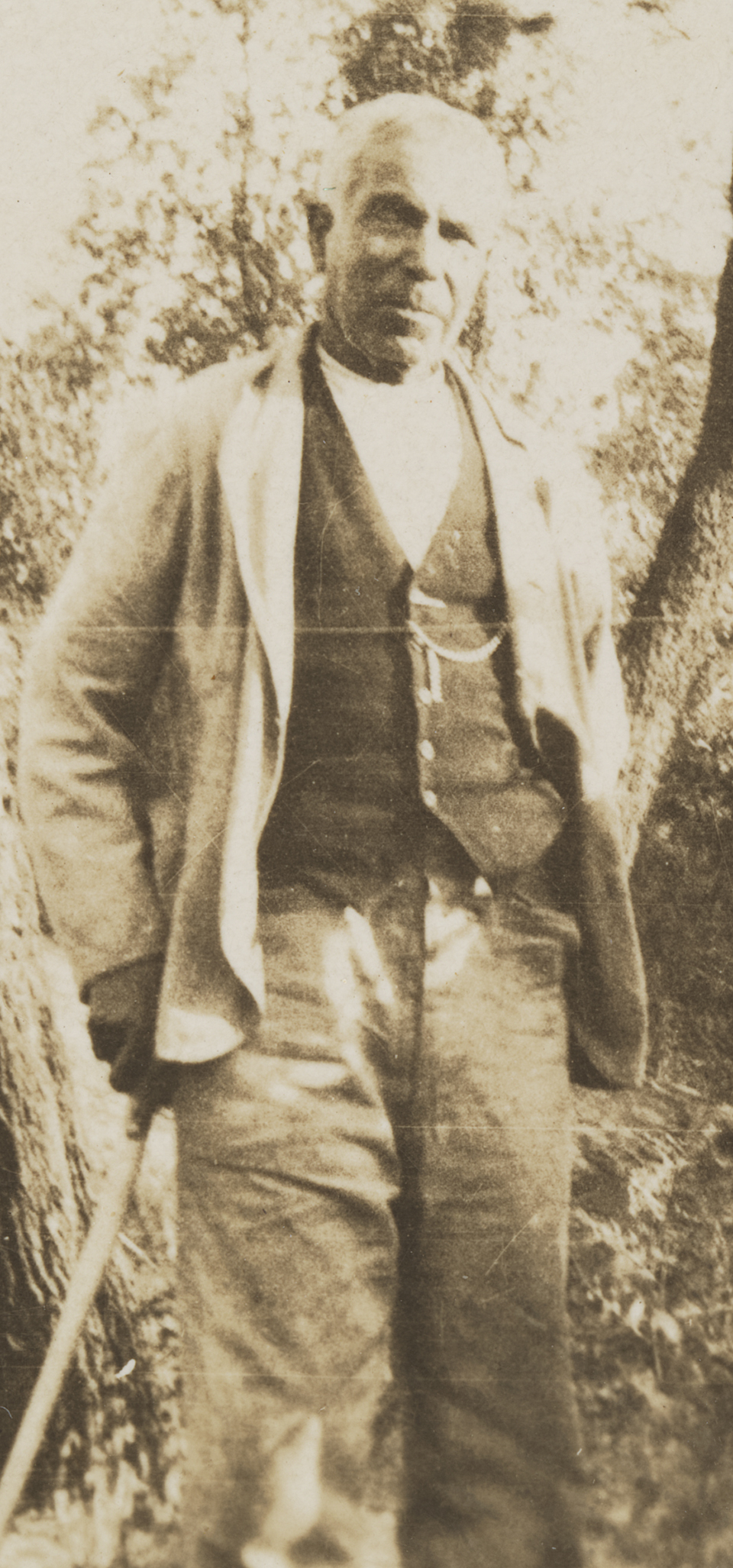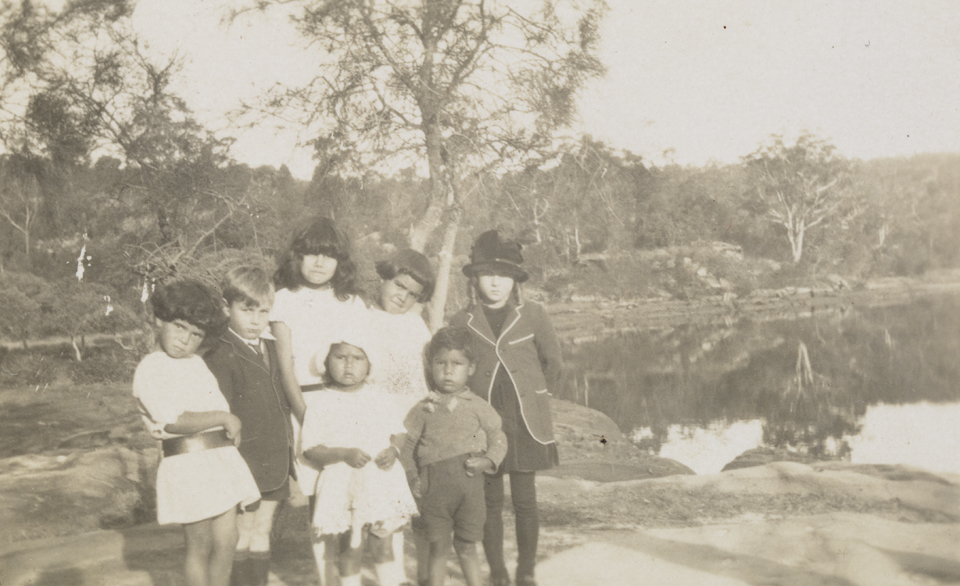The Dictionary of Sydney was archived in 2021.
Anderson, Ellen
Citation
Persistent URL for this entry
To cite this entry in text
To cite this entry in a Wikipedia footnote citation
To cite this entry as a Wikipedia External link
Anderson, Ellen
A Dharawal woman, daughter of Biddy Giles and her second husband Paddy Burragalang (also known as Paddy Davis), Ellen Anderson lived on the Georges River for much of her life.
[media]Born in 1855 or 1857, Ellen was raised mostly with Paddy's family in the southern districts of Dharawal country at the Five Islands near Wollongong. After Paddy's death around 1860, she sometimes visited her mother who was living at Gurugurang (Mill Creek) on the Georges River and later as a young woman she visited her mother and Uncle Joe at the Sylvania and Kogarah Bay Aboriginal communities.
Ellen was living in the northern Botany Bay camps in 1881 when she became entangled in the Aborigines Protection Board effort to move Aboriginal people away from Sydney, to the Murray River mission at Maloga. A group of people including Ellen were sent by train to Maloga. Here she met and married a Goulburn River man, Hugh Anderson, and started a family. In the mid-1880s, the Maloga Mission was incorporated into the Cumeragunja reserve, a move that Hugh Anderson protested against. Ellen and Hughie moved to Kangaroo Valley reserve that was on 370 acres (150 hectares) of poor land near Barrengarry and could not support the community. Eventually they returned to Cumeragunja. They travelled frequently with their children to see their extended family in the Shoalhaven.
[media]In the 1910s, Ellen, Hugh and their family returned to Sydney, living near Botany and soon moving upriver to the land they eventually purchased on lower Salt Pan Creek where it joined the Georges River. Their block was close to a large midden that spilled glistening shells across the sandy beach, demonstrating centuries of Aboriginal fishing and feasting. The new suburbs of Herne Bay, Peakhurst and Mortdale surrounded their land. They bought the block in the 1920s, at the end of Ogilvy Street Peakhurst. Hugh made a living by fishing, and gathering prawns and oysters, as well as feeding the family. Ellen made cash income from the wildflowers that grew in abundance along the river. Using her knowledge of the terrain to find the best flowers and gumtips, she then sold them door-to-door in the locality. In the process, she taught her granddaughter Ellen Williams about the medicinal and food plants that grew alongside the flowers, how to follow the tracks across the sandstone and local stories.
Ellen and Hugh Anderson's home [media]became the focus of a growing community of Aboriginal people, with three weatherboard cottages, some sheds and tents spread over a three-acre area. Some were their adult children with their families and some were Aboriginal people seeking to escape the Protection Board reserve restrictions. By 1926 there were 30 people living in the Salt Pan Creek community. It became a centre of discussion and activism for reform with visitors active in the Australian Aborigines Progressive Association and other Aboriginal rights groups.
Hugh Anderson died in July 1928. As the Depression deepened, the family was not able to pay council rates and by November 1930, they had been forced to sell their Ogilvy Street block. They moved deeper into more secluded bush close to the creek on land they had no secure tenure over.
As the depression deepened from 1929, the community grew, as Aboriginal men were routinely refused unemployment relief work and rations. Increasing disapproval of the camp from white residents' organisations around the area, such as the Herne Bay Progress Association, led to complaints and police visits.
References
Heather Goodall and Allison Cadzow, Rivers and Resilience: Aboriginal People on Sydney's Georges River, UNSW Press, Sydney, 2009






